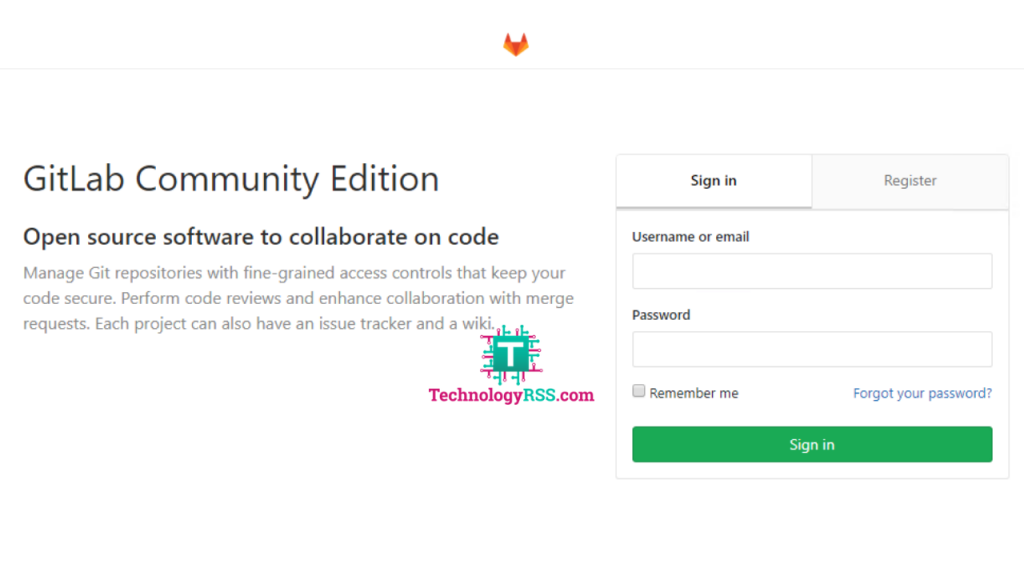

Handling small and large projects with speed and efficiency.Handling the source code history of projects.Git is a version control system used for − With this feature, the project owner has full control over what goes into the repository, but he or she can also allow unknown users to make contributions.You can install the GitLab runner on different operating systems, by installing Git versioning system and creating user account in the GitLab site. They can then submit a merge request to reintegrate the fork into the main project. Users without access rights can also create forks, meaning they can edit their own copy of the project with pushed commits. Instead, users can create branches, enter their commits and then make a merge request to connect the branch to the master (or another branch). Alternatively, you can also use merge requests, which allow you to control access more closely since the master branch is not edited directly. Users with “developer” authorization or higher can move their commits and branches to the repository without restrictions. To do this, add the users to a project as explained above and provide them with the appropriate access rights. The easiest way to work together with other users on a GitLab project is to grant users direct push access to the repository. Nevertheless, the cloud solution is appealing, especially if your system administrator tends to deal with heavy workloads. You have complete freedom when it comes to installation: You can make your own decisions about backups, updates or additional resources, and install what you need for a specific application.

The advantage of manually installing GitLab in your own server environment is greater flexibility. The GitLab Runner is usually already installed so that you can get started right away. This way you can deploy the software quickly without the need for complex installation and configuration. If you want to save yourself this effort, you can also install and use GitLab as Software-as-a-Service (SaaS) on a cloud server (many providers offer this service). In addition to the installation itself, you have to factor in the time required for configuration and regular maintenance. Installing GitLab on your own server doesn’t pose any major challenges if you have previous Linux experience, but it’s relatively time-consuming.


 0 kommentar(er)
0 kommentar(er)
